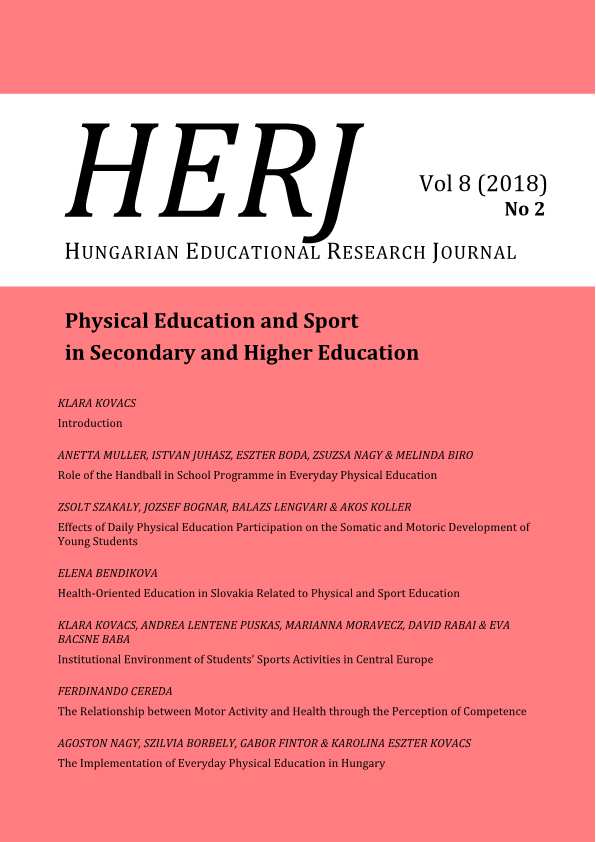How do Students Perceive their Non-Traditional Peers at Romanian and Hungarian Universities?
How do Students Perceive their Non-Traditional Peers at Romanian and Hungarian Universities?
Author(s): Emese Beáta BereiSubject(s): Education
Published by: Hungarian Educational Research Association (HERA)
Keywords: policy of equity; non-traditional students; student attitude; Romania and Hungary
Summary/Abstract: Starting from a student-centre educational policy research approach (Kozma 2009, ESU 2012), this paper is discussing issues linked to the concept of equity in higher education in two EU member countries, Hungary and Romania. I analyse the way of looking at non-traditional students, confronting the policy conceptions with the students` perceptions. My objective was to explore the collegial attitude of students toward their non-traditional peers and to define specific types of preferences. The first part of the study is an overview of the higher educational policy in Romania and Hungary, aiming to find out what kind of chance equality and compensation practices do they put into effect, and identify similarities and differences between them. It can concluded, that their use of concepts is different, but the problems are to a large extent the same: disadvantages background, disability, national minority status or being a foreign student. The second part of the research is based on empirical data from two surveys of student population conducted by CHERD-Hungary in the cross border region in 2012 (N=2618) and 2014-2015 (N=1536). I studied from comparative perspective the student attitude of acceptance/ rejection toward non-traditional peers adapting the four grades Bogardus social distance measuring scale and using a statistical program to analyse data. Based on the policy analysis, the supporting attitude was measured on three dimensions: the attitude toward financial support, the attitude towards non-financial support and personal contact, divided in three possibilities, considering the intensity of the relationship. The hypothesis was based on previous research outcome related to the cross border area (Pusztai and Szabo 2014), that students’ way of looking at non-traditional groups is not homogeneous. The results of my paper confirm this, both type of attitude are present on two sides of the border: students are most supporting towards their economically disadvantaged colleagues and less supporting with their Roma peers. Also I concluded that student perceptions have any latent structure. I identified the following three approach/attitude factors: internal ethnic difference/Roma, economic disadvantage/disabilities and the foreign factor. It can be seen that students’ way of looking differs from the outlook of the educational laws: within the student community, the perception of Roma is the same perception of any other minority/ethnically different student group, while in the Romanian legal system Roma students are mentioned marginalized group.
Journal: HERJ Hungarian Educational Research Journal
- Issue Year: 8/2018
- Issue No: 2
- Page Range: 111-122
- Page Count: 12
- Language: English

